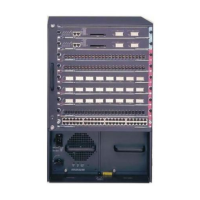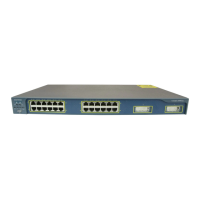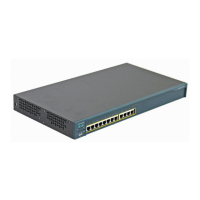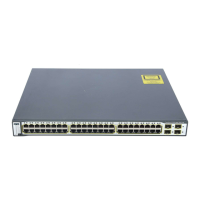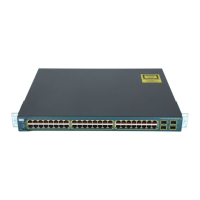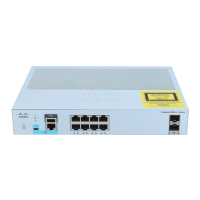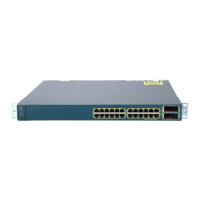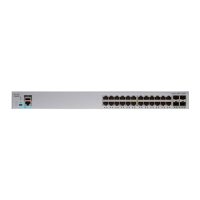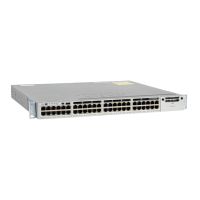35-2
Catalyst 6500 Series Switch Software Configuration Guide—Release 8.7
OL-8978-04
Chapter 35 Configuring Broadcast Suppression
Understanding How Broadcast Suppression Works
Figure 35-1 Broadcast Suppression
The broadcast suppression threshold numbers and the time interval make the broadcast suppression
algorithm work with different levels of granularity. A higher threshold allows more broadcast packets to
pass through.
Broadcast suppression on the Catalyst 6500 series switches is implemented in the hardware. The
suppression circuitry monitors the packets passing from a port to the switching bus. Using the
Individual/Group bit in the packet destination address, the broadcast suppression circuitry determines if
the packet is unicast or broadcast, keeps track of the current count of broadcasts within the time interval,
and when a threshold is reached, filters out the subsequent broadcast packets.
Because hardware broadcast suppression uses a bandwidth-based method to measure the broadcast
activity, the most significant implementation factor is setting the percentage of the total available
bandwidth that can be used by the broadcast traffic. A threshold value of 100 percent means that no limit
is placed on the broadcast traffic. By entering the set port broadcast command, you can set up the
broadcast suppression threshold value.
Because the packets do not arrive at uniform intervals, the time interval during which the broadcast
activity is measured can affect the behavior of broadcast suppression.
On the Gigabit Ethernet ports, you can use the broadcast suppression to filter the multicast and unicast
traffic. You can suppress the multicast or unicast traffic separately on a port; both require that you
configure broadcast suppression. When you specify a percentage of the total bandwidth to be used for
the multicast or unicast traffic, the same limit applies to the broadcast traffic.
Note When broadcast, multicast, or unicast suppression occurs, you can configure the ports to go into the
errdisable state. See the “Enabling the errdisable State” section on page 35-5 for details.
Note Multicast suppression does not drop the bridge protocol data unit (BPDU) packets.
Note The reception of BPDUs is not guaranteed when multicast suppression is enabled on the following
modules: WS-X6724-SFP, WS-X6748-GE-TX, WS-X6748-SFP, WS-X6704-10GE, WS-SUP32-GE-3B,
and WS-SUP32-10GE-3B. Enabling multicast suppression on these modules can cause BPDUs to be
suppressed when the multicast suppression threshold is exceeded. We strongly advise that you do not
use multicast suppression on ports that need to receive BPDUs because potential side effects can be root
port loss or spanning tree loops when the suppression threshold is exceeded.
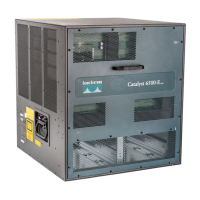
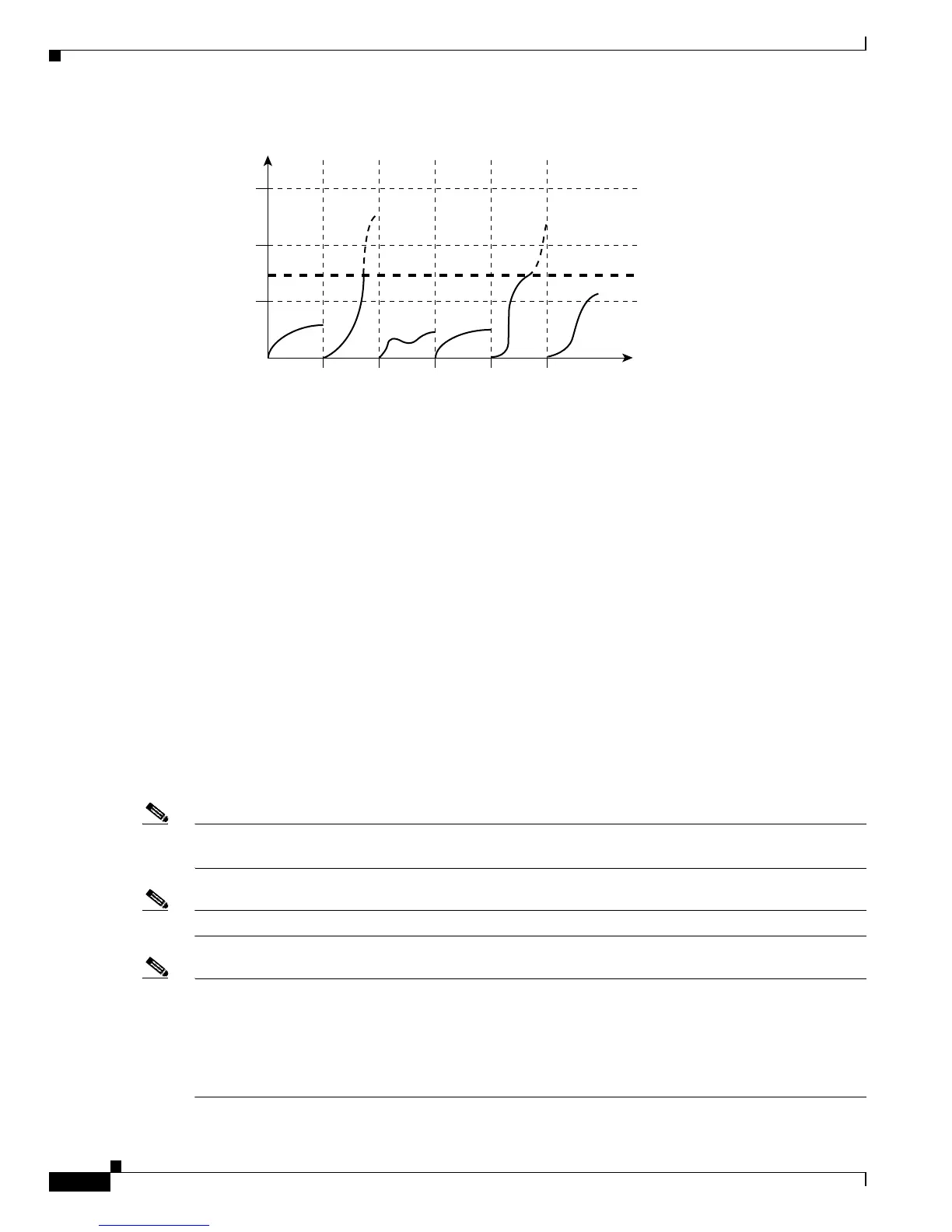